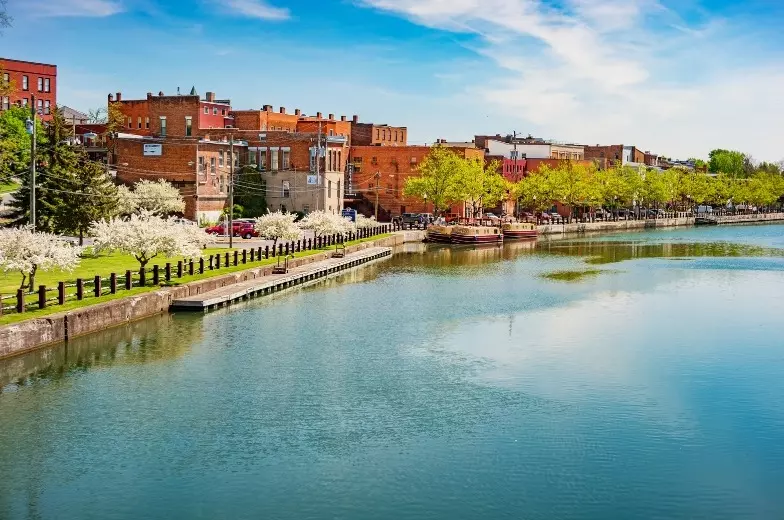New York State is renowned not only for its iconic skyline and bustling cities but also for its extensive network of lakes, rivers, and streams that crisscross its landscape. Among these natural wonders, the quest for the deepest waters leads us to Seneca Lake, nestled in the heart of the Finger Lakes region. This majestic lake, part of a system of 11 glacially created lakes known as the Finger Lakes, stands out not only for its beauty but also for its impressive depth.
According to the New York State Department of Environmental Conservation (DEC), Seneca Lake boasts a maximum depth of 618 feet, making it the deepest lake in the state. Its clear waters and deep basins are a testament to its glacial origins and geological significance. Despite its depth, Seneca Lake is also recognized as the second-largest lake in New York, covering approximately 66.9 square miles.
In addition to Seneca Lake, Oneida Lake, located in the Oswego region, is New York’s largest lake by surface area. However, in terms of depth, Seneca Lake surpasses all others in the state. The lake’s depth and unique ecosystem contribute to its role not only as a scenic destination but also as a vital resource for various sectors, including recreation, tourism, agriculture, and fisheries.
Beyond its natural beauty and recreational opportunities, Seneca Lake serves practical purposes as well. Its waters contribute to the region’s drinking water supply and support local industries, such as power generation and manufacturing. Moreover, its consistent deep water temperatures have even attracted the attention of the U.S. Navy, which uses the lake for submarine testing purposes.
New York State’s abundance of freshwater resources extends beyond its lakes. The Hudson River, flowing 301 miles through the state, stands as New York’s longest and deepest river. With depths exceeding 200 feet in certain stretches, the Hudson River plays a crucial role in New York’s history, economy, and ecosystem, supporting diverse wildlife and providing recreational opportunities for residents and visitors alike.
New York’s diverse array of water bodies—from the expansive lakes of the Finger Lakes region to the winding rivers that traverse its landscape—underscore the state’s rich natural heritage and its significance as a hub of ecological and economic activity. As residents and visitors explore these waters, they not only witness the beauty of New York’s natural landscapes but also appreciate the invaluable role that these water bodies play in sustaining life and livelihoods across the state.
Read More News:
Family of Teen Sisters Who Died at Coney Island Beach Describe What Happened?
Where Dreams Thrive: Explore Pennsylvania’s Top 5 Living Destinations
Top 5 Budget Neighborhoods for Affordable Living in Cincinnati, OH


Leave a Reply